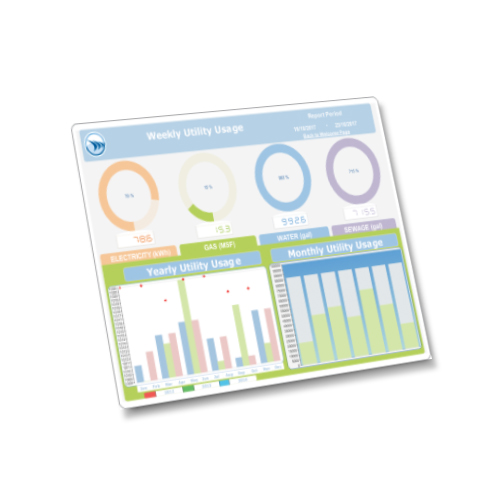
Dream Report
Dream Report Software
Dream ReportTM software from Eurotherm is an integrated reporting solution for industrial automation. It is designed to be the simplest solution to extract data from almost any data source and automatically provide reports to anybody anywhere. Built on modern technologies, Dream Report software fits perfectly for both continuous and batch process applications.
- Automatic and manual report generation
- Reduce engineering time
- Web portal for sharing information
- Continuous and batch reporting
- Generates secured PDF and export to Excel
- User Management module for security of your data
- Multi-lingual support
Description
Data Collection
Dream Report software incorporates a Eurotherm Review driver and report template enabling historical data to be obtained from devices such as 6000 Series graphical recorder, T2550 Programmable Automation Controller and Eycon TM Visual Supervisor. Data can be collected either automatically over an Ethernet network or manually with removable media.
A robust communications kernel is installed enabling the collection of data and alarms from multiple real-time and historical sources – utilizing OPC, OLE and ODBC standards to ensure a common interface between sources from different suppliers.
Report Generation
In automatic mode, report generation and distribution can be triggered by an event or advanced scheduling. In manual mode, an additional application (Dynamic Report GeneratorTM – DRG) provides for adjustment of the report schedules or the generation of a demand report at any time.
Data Logging
Dream Report software, with its powerful historian, logs by groups, data and alarms from:
- OPC servers.
- Other connected realtime sources – ODBC, OLE etc.
- Analytical information as defined in reports.
With unlimited groups set up with specific logging conditions for each group, clean and accurate data is obtained and logged by default on MSDE from SQL Server. Other open databases such as Oracle, MySql, Access or Eurotherm Information Manager can also be utilized.
Objects
- Text representation: Enables the extraction and display analysis from historian databases such as a Review database.
- Tables: Multiple options to extract data and alarms into different tables. Users can select pre-formatted tables or create their own with the SQL table.
- Bars and pies: Bar graphs and pie charts to display various statistical values and alarms with advanced visualization views (%, legend, values etc).
- Charts: Users can define time based XY charts. They can combine charts from different time frames to visualize and compare results quickly. Moreover, the chart object supports different types of data – value, average value, linear regression. Users can display and adjust multiple scales automatically or manually.





